|
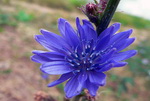  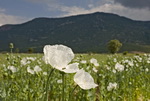 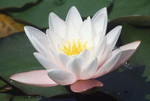 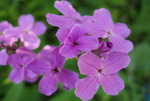 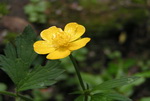
The observation of plants for a long period of time has shown that they open and close the inflorescences at strictly exact time. This property of plants has interested people, and in the Ancient Greece and Ancient Rome there was an idea of creation the flower clock. For this, the plants which flowers reveal during the exact time of a day, were landed on beds and used as special clocks.
Well-known Swedish botanist Charles Linnej has written the scientific treatise under the name "Somnus plantarum" that in transfer means "Dream of plants". And in twenties of XVIII-th century on the base of his observation flower were created the flower clock in the city of Uppsala, Sweden. The dial face of these clock consisted of several sectors, with the exact type of flowers in each sector. But this clock only worked in sunny days – in cloudy days some plants simply did not open their inflorescences. And though time on such flower clock could be determined correctly enough, such flower clock couldn’t work all the 24 hours.
You can try to create flower clock in your garden too. Such element of design of a garden will not only be original, but will also allow you to define the exact time simply enough. You have to agree that working in a garden, and have possibility to know the exact time, without distracting from your pleasant cares is very useful.
Flower-clock bed should be placed in the most solar place of your garden.
Here is how define the exact time on flowers.
The most early reveal the flowers of chicory and dog rose - at 4 o'clock.
At 5 o'clock – open the inflorescences of poppy.
At 6 o'clock - wake up field carnation, periwinkle and dandelion.
At 7 o'clock – the hand bells and water-lilies.
At 8 o'clock – the bear bines and marigolds.
At 9 o'clock – the calendula (nails).
At 20 o'clock - fragrant tobacco opens its inflorescences.
At 21 o'clock – the wild orchid.
In the afternoon flowers start to close. It happens at exact time too:
At 13-14 o'clock - hand bell closes its nimbuses.
At 14-15 o'clock – the poppy and a dandelion.
At 15-16 o'clock - the chicory.
At 16-17 o'clock - fall asleep calendula and marigolds.
At 17 o'clock - the carnation, periwinkle, coltsfoot.
At 18-19 o'clock - the buttercups.
At 19-20 o'clock - the dog rose.
See also: Fruit Structure and Types, Garden Paths, Garden Plants Shrubs
|
